There’s no denying that Marvel’s Iron Man changed the way movies were made — quite possibly for all time. It would have been hard to believe when it first released that, even with films like Spider-Man and X-Men proving the potential for comic book blockbusters, the future of films would be filled with not just household name superheroes, but lesser heroes, as well.
Not to mention that Marvel’s superheroes would help to form entire franchises, forming a larger network of multimedia tie-ins, spinoffs, spin-ins, and their own sequels. But a world where comic-book obscurities like Rocket Raccoon and Eric Killmonger could become some of the biggest movie stars on earth? That is just strange enough to have a profound an impact on the comics themselves. How did the success of the MCU change the medium where its heroes started? Best to begin at the beginning.
The MCU Re-Defined Marvel’s A-List Heroes
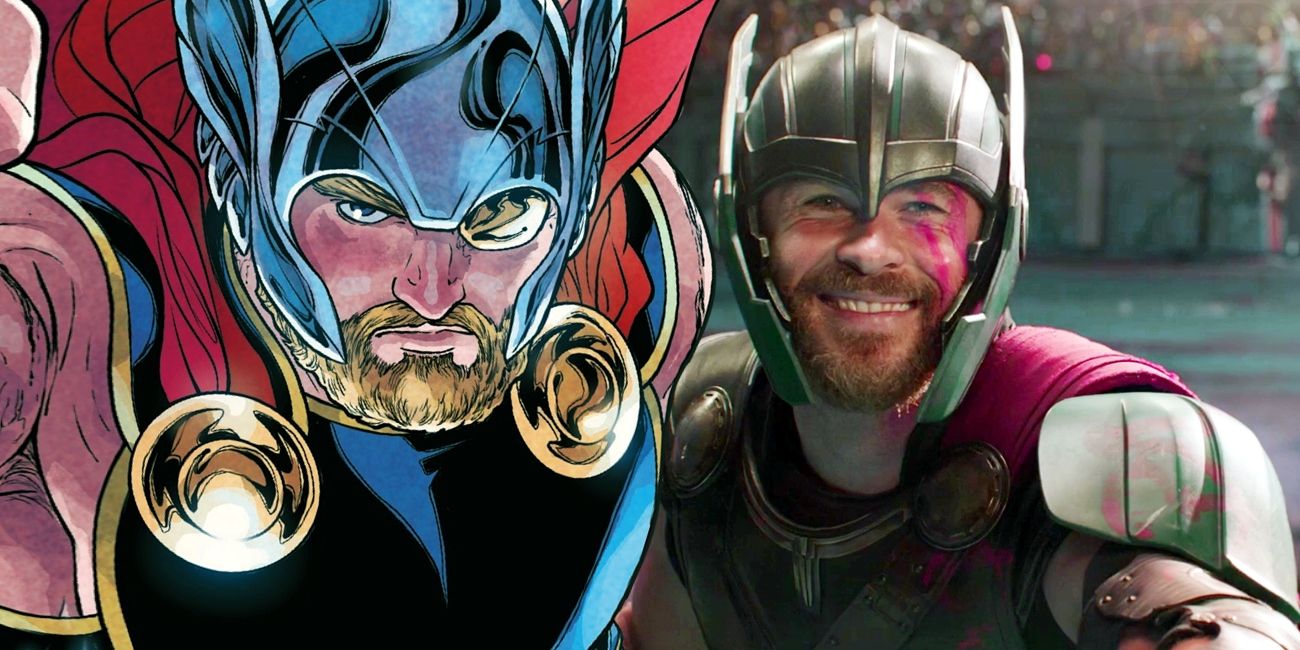
Before Robert Downey Jr. stepped into the suit, the comic book version of Iron Man had settled comfortably into Marvel’s B-list: a reliable workhorse whose series had run since the sixties, but a much lower priority than superstars like Spider-Man and Wolverine. All that changed in 2008, which left Marvel in a bit of a bind. After all, Iron Man’s role in the Civil War event saw him using ruthless tactics enforcing superhero registration, turning him into a more of a villain than a star hero for many fans. Thanks to a storyline by Matt Fraction and Salvador Larocca that had Tony Stark rewrite his brain, he made his way back to the top again, and he’s stayed there ever since.
He wouldn’t be the last Marvel character to get a boost from his movie appearances. The Guardians of the Galaxy, a second-string team if there ever was one, had never managed to keep a series in print for more than five years at a time, but they’ve been running continuously ever since the first trailers for the film dropped in 2013. They’ve even managed to support multiple spinoffs for their members at a time. Doctor Strange got his own ongoing series for the first time in almost twenty years to support the Benedict Cumberbatch vehicle. And Black Panther comics were relaunched under the pen of bestselling journalist Ta-Nehisi Coates, and the hype from that series and the then-upcoming movie saw T’Challa headlining three books at a time, with World of Wakanda and Black Panther and the Crew. Soon his sister Shuri got a book of her own, along with his enemy Killmonger. And finally, Black Panther even became leader of the Avengers.
The MCU Villains Rise, Too
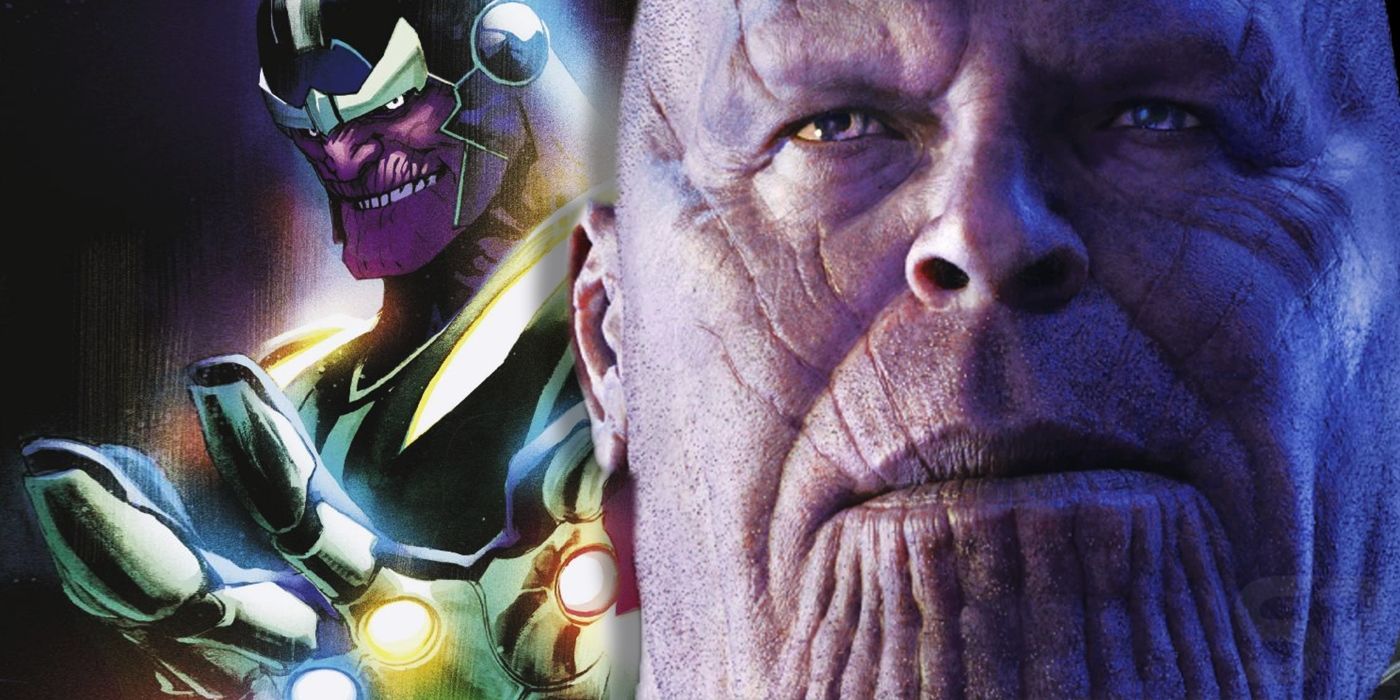
After years in the background, the big bad Titan by the name of Thanos became the central antagonist of several crossover events after the credits of The Avengers teased his entry into the Marvel Cinematic Universe, and even starred in several series of his own. After his appearance in Thor: The Dark World, the Dark Elf King Malekith went from a minor threat unseen since the eighties to the driving force of this year’s War of the Realms event series. The alien race called the Chitauri had only made a few appearances as the Ultimate Universe’s version of the Skrull Empire; but after they provided Loki’s invasion force in The Avengers, they’ve been added to the original universe, and even launched a full-scale earth invasion during Secret Empire.
In truth, it was every major or supporting character featured in the MCU that sparked renewed life in the comics, whether heroic or villainous. Peggy Carter had mostly appeared only as the relative of Captain America’s post-thaw love interest, Sharon Carter. But after Hayley Atwell’s breakout role as the character in Captain America: The First Avenger and her own eventual TV spinoff, Agent Carter became a major player, starring in her own miniseries, Operation S.I.N. by Kathryn Immonen and Rich Ellis.
The Marvel Heroes Get a Makeover
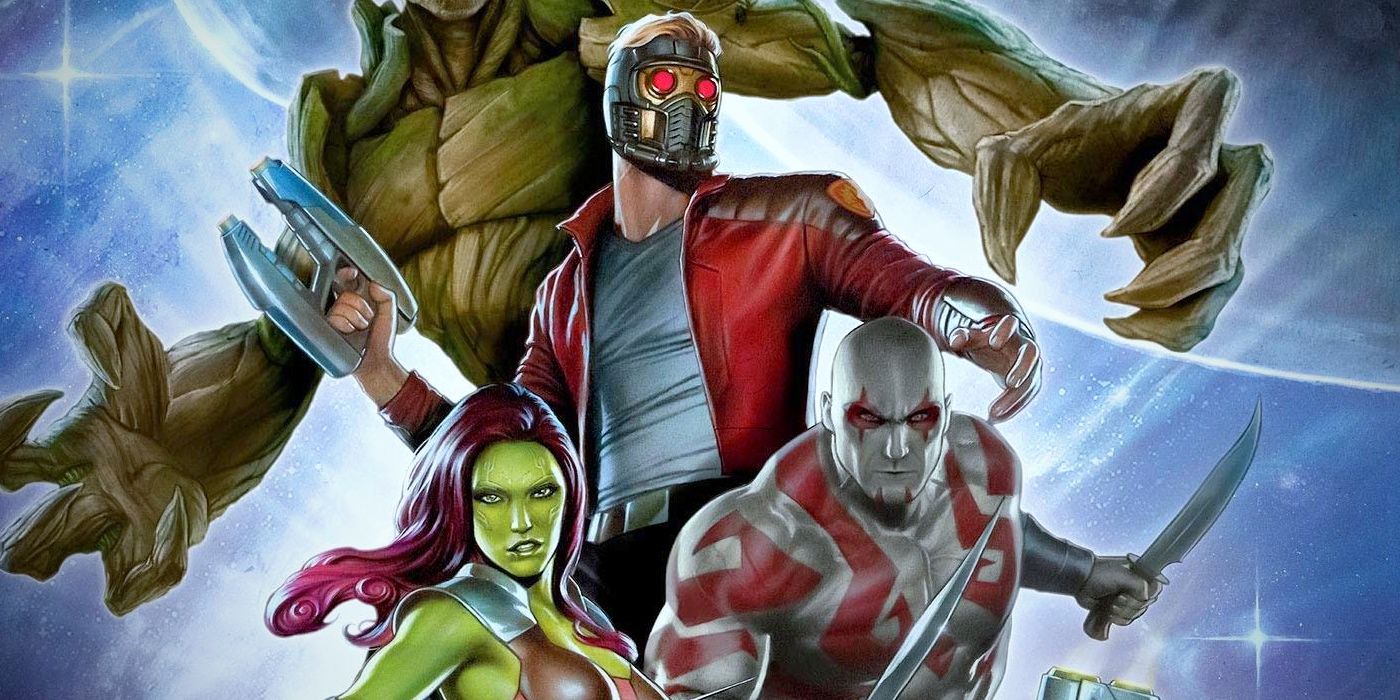
In order to order to take advantage of the popularity of their big-screen equivalents, many Marvel characters had to be drastically rewritten to more closely resemble them. Tony Stark took on the looks and banter of Robert Downey Jr, and Hawkeye ditched his purple costume and mask ensemble for more minimalist tactical gear. Since the Guardians of the Galaxy were mostly minor characters before the movie premiered, James Gunn and his collaborators were free to adapt them loosely, leading to some major overhauls when these versions of the characters made it back to the comics. The most drastically affected was the comedic hit Star-Lord, who went from a deadly serious, clean-shaven astronaut in a blue suit to a wisecracking man-child with a long red coat and a short blond beard to better resemble Chris Pratt’s interpretation. Nebula replaced the single, metallic gray plate on her face with three strips in different shades of blue. And the Collector ditched his brown tunic and grey cape for a more colorful red coat (like the memorably flamboyant character Benicio del Toro played in the film). And after Groot died in Guardians of the Galaxy and a new Baby Groot appeared in Vol. 2, Groot temporarily became baby-sized in the comics as well.
The villains also underwent some heavy remodeling. While the comics frequently played Loki as obviously pure evil, Tom Hiddleston’s more conflicted performance earned him the sympathy of thousands of fans. That was enough to score him his own series with Al Ewing and Lee Garbett’s Loki: Agent of Asgard, which stars a significantly younger and distinctly Hiddleston-esque version of Loki in a much more heroic role than he normally played. Even when he apparently returned to villainy in Jason Aaron and Russell Dauterman’s Thor, he was just as slippery as his movie counterpart in terms of figuring out whose side he was on. Michael B. Jordan’s righteous anger as Eric Killmonger in Black Panther earned that character his own fans and his own series, where artist Juan Ferreya ditched the hulking physique of Eric’s earlier comic appearances for a more Jordan-sized model, complete with the actor’s stylish dreads and goatee. When alternate versions of Nakia and M’Baku appeared in Ta-Nehisi Coates and Daniel Acuña’s Intergalactic Empire of Wakanda storyline in Black Panther, they were much closer to the heroic movie characters than their comic-book namesakes, the villains Man-Ape and Malice.
New Marvel Comic Book Characters, Too
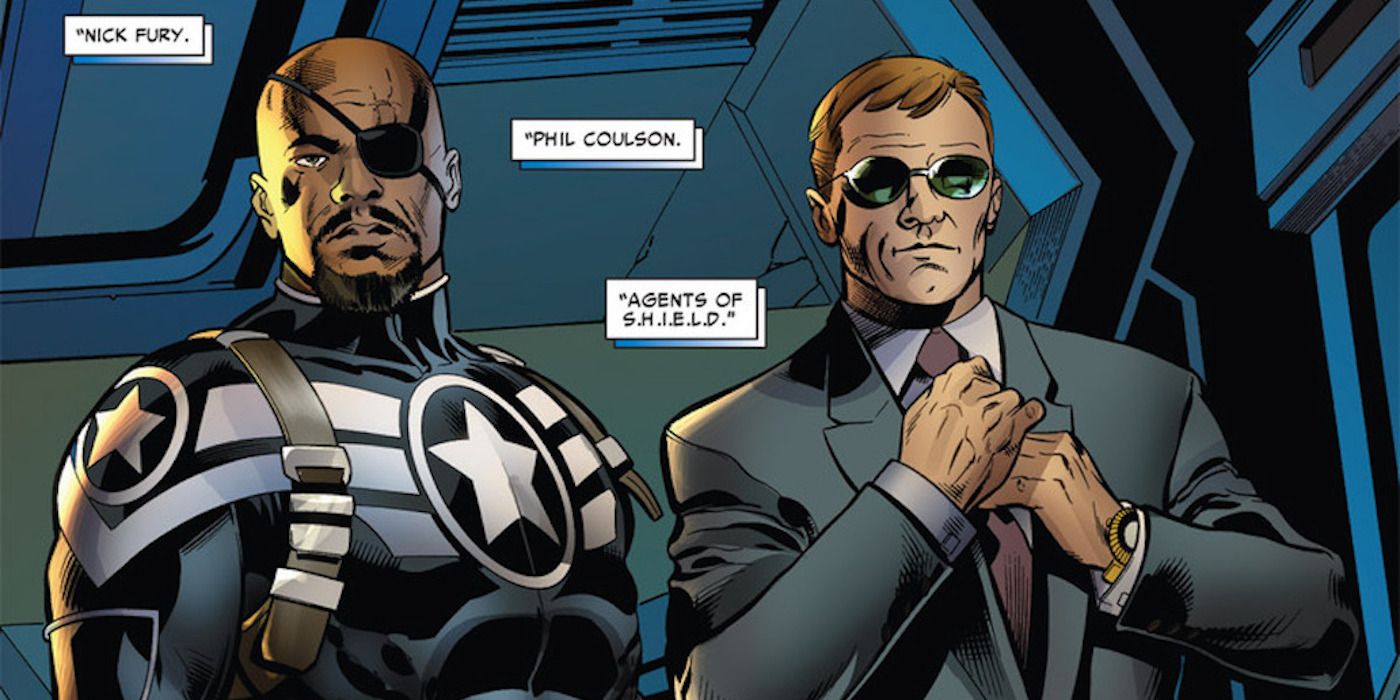
Meanwhile, some characters invented for the Marvel Cinematic Universe out of whole cloth made their way into the comics. The most famous is S.H.I.E.L.D. agent Phil Coulson, who was so popular fans wouldn’t stay dead after Loki impaled him in The Avengers. Around the time he returned to the land of the living in ABC’s Agents of S.H.I.E.L.D., he debuted in the comics in Battle Scars. Since then, he’s played a major role in Marvel’s comic-book universe: he was one of the first to suspect Captain America was evil in Secret Empire. Cap ordered Deadpool to assassinate him, and when Wade carried out the hit only to discover his hero was a fraud who tricked him into killing an innocent man, his guilt and disillusionment led him to reinvent himself as The Despicable Deadpool. Like his live-action counterpart, though, the comic-book Coulson couldn’t stay dead, and his post-resurrection appearances show him making a literal deal with the devil in order to take down the Avengers and create a team of his own, completely loyal to the U.S. government.
Coulson wasn’t the only MCU S.H.I.E.L.D. agent to make the leap to comics. Mark Waid’s S.H.I.E.L.D. comics featured agents Melinda May, Fitz, and Simmons recruiting Marvel’s heroes for secret missions, and Agents of S.H.I.E.L.D. by Marc Guggenheim and German Peralta put the TV cast in the spotlight. Some characters diverged so far from the comics that new characters had to be created to stand in for them. Star-Lord’s morally dubious mentor, Yondu, was based on a heroic character from the original, future-set version of the Guardians; so the comics introduced an ancestor of the original Yondu who was closer to the movies’ roguish pirate.
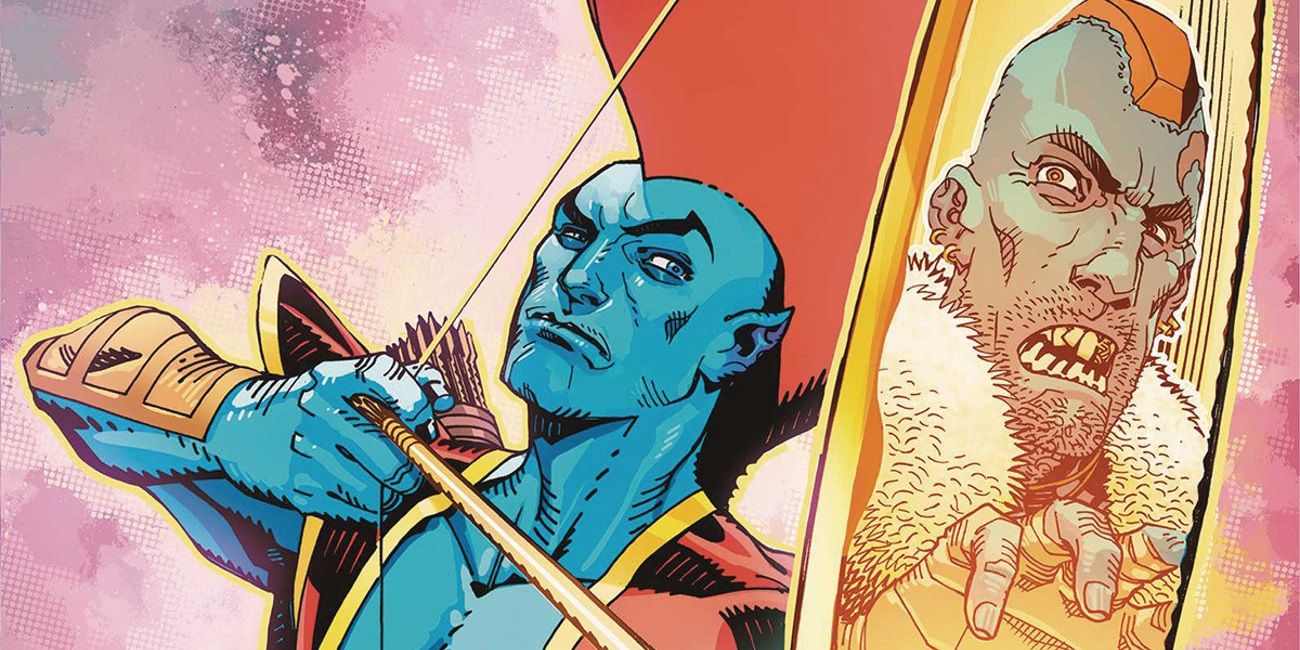
Samuel L. Jackson gave Mark Millar and Bryan Hitch his blessing to use his likeness for Nick Fury in The Ultimates in 2002 in return for the promise that he could play Nick in any future movies. When he did, the comics introduced Nick Fury Jr., a dead ringer for Jackson, in Matt Fraction’s Battle Scars. Perhaps in order to avoid any confusion, his dad left for the moon in Original Sin by Jason Aaron and Mike Deodato. The Ant-Man movie replaced Janet Van Dyne with Hank Pym’s daughter Hope as the Wasp; the comics later introduced Nadia (“hope” in Russian) Van Dyne, Hank Pym’s daughter from a previous marriage. Even though Tessa Thompson’s version of Valkyrie from Thor: Ragnarok has never appeared in the main Marvel universe, that didn’t stop Saladin Ahmed and Javier Rodriguez from using her as the model for a parallel-universe Valkyrie in Exiles, complete with restoring the biseuxality infamously cut from the movie.
Eleven years later, the Marvel Cinematic Universe shows no signs of slowing down, with Black Widow and The Eternals set to premiere next year. And as long as it keeps up that pace, the comics universe will keep up right along with it, constantly adapting to better reflect its adaptations.




